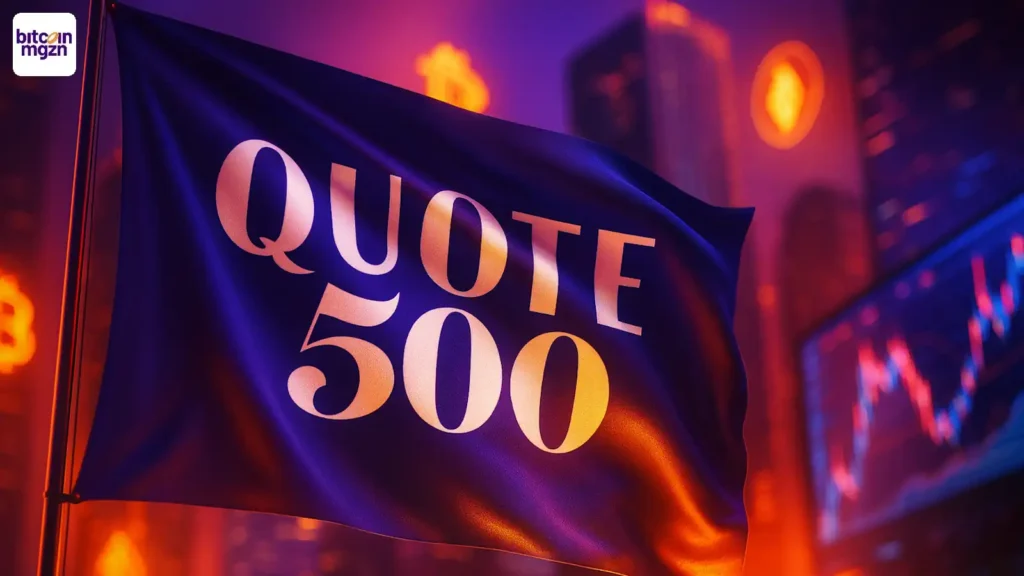The ECB kept its key deposit rate unchanged at 2% on Thursday, choosing to stand still for the second straight meeting. That decision was widely expected, with markets pricing in a 99% chance of no move.
But the reason it matters is what’s now surrounding the decision, and it’s not pretty. The euro zone is stuck in a slow-growth cycle, and Donald Trump’s trade war rerun is threatening to make things worse.
The last time the ECB adjusted rates was in June, when it finally eased off from last year’s all-time high of 4%. Now, with inflation sitting roughly at target, “around the 2% medium-term target,” as the bank said, there’s no immediate reason to panic.
But there’s also no clarity on what comes next. “The Governing Council’s assessment of the inflation outlook is broadly unchanged,” the statement said. No forward guidance. No direction. Just data-watching and more waiting.
Trump’s threats shake economic outlook
The bigger problem is the chaos coming from outside Europe. The ECB made its decision while global uncertainty keeps building. Yes, inflation seems fine. But the rest of the economy? Not so much. The euro zone barely grew in Q2, just 0.1%, down from 0.6% the quarter before.
And while the ECB pretends it’s in control, growth is still being pulled down by forces far beyond its policy tools.
Europe and the U.S. signed a trade agreement in July, which slapped a 15% blanket tariff on EU exports heading to the U.S. That mostly helped sectors like pharma, but others (especially wine and spirits) were left hanging.
Then came Trump.
He threatened retaliation against the EU after Brussels hit Google with a $3.45 billion fine. Now markets are bracing for another round of tit-for-tat tariffs. And every new headline makes the ECB’s job harder.
So while the bank talks about inflation being stable, there’s more going on underneath. They’re not saying it outright, but the mood is tense. There’s no commitment to future hikes or cuts.
The approach is now officially “meeting-by-meeting,” which is central bank code for we have no clue what’s next. Add a strong euro and rising global competition, and suddenly this rate pause looks more like hesitation than strategy.
ECB staff raise growth forecast, tweak inflation path
What people really focused on Thursday wasn’t the rate decision; it was the projections and Lagarde’s press conference. And here’s what came out of that: inflation is expected to average 2.1% in 2025, then fall to 1.7% in 2026 and rise slightly to 1.9% in 2027.
That’s not far off from June’s forecast, which had 2% for 2025, 1.6% for 2026, and 2% for 2027. Not exactly a major change. Core inflation, which ignores food and energy, is seen holding steady at 2.4% this year, same as the previous projection.
On the growth side, the update was slightly more upbeat. The ECB now sees 1.2% growth in 2025, up from the 0.9% it expected in June. The 2026 outlook was pulled down to 1%. And for this year, Lagarde gave the clearest snapshot so far.
“The economy grew by 0.7% in cumulative terms over the first half of the year on account of the resilience in domestic demand,” she said.
But she wasn’t exactly cheerful about the months ahead. “Higher tariffs, a stronger euro and increased global competition are expected to hold growth back for the rest of the year,” Christine warned. Still, she added, “the effect of these headwinds on growth should fade next year.”
That’s the line they’re sticking with. Whether it holds or not is anyone’s guess.
The smartest crypto minds already read our newsletter. Want in? Join them.
Source: https://www.cryptopolitan.com/ecb-holds-rates-at-2/


